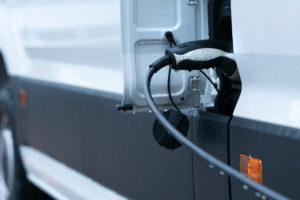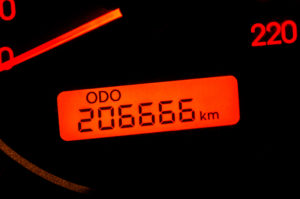The perception of EV range anxiety may be real, but the facts tell a different story.
Recently, we at PANION carried out a study interviewing owners & managers of companies across Germany that use transport fleets. The insights were enlightening. They were also sometimes surprising.
One surprise stood out: Range anxiety is still a top reason against considering a transition to electric vehicles.
Just to clarify: Range anxiety is the fear that your EV battery charge won’t last for the duration of the trip. Add to that: The fear there won’t be a charge station available en route.
It’s 2022. So why does EV range anxiety persist? We asked ourselves this question and set out to bust the myth with facts — once and for all.
EV range anxiety then and now
Imagine it’s 2011, you’re cruising along in your Nissan LEAF — the first major brand manufactured battery electric vehicle (BEV) on the market. You’d have been lucky to get 160 km out of a full battery charge — at a top speed of 150 km/h. Who would have risked a road trip then without a fair bit of anxiety? Reaching — or even finding — a charging station somewhere along the route would have been worrying.
By 2015 however, the average BEV range had reached around 200 km. Today, it hovers at 350 km. Range averages are expected to rise and possibly peak to around 400 km by current projections. Of course, the frequency of charge stations has also increased exponentially since the days of the first LEAF.
Those are some facts about averages. You’d think by now range anxiety would have become a thing of the past.
Where do you want to go?
People citing EV range anxiety have visions of being stranded on the side of the road part way through their road trip. But where and how far are people going on these trips?
It turns out that in Europe, combustion engine (ICE) drivers average only 13,600 km per year. EV drivers are clocking averages of 14,200 km*. That is an interesting statistic that would suggest EV drivers are not worried about range — and their driving experiences are pleasurable.
Looking at daily driving distances, the UK average is less than 15 km per day. Leisure road trips in Europe (increasing during the pandemic) have leaned toward distances under 120 km.
We’re starting to think that the anti-EV believers just haven’t done their homework.
Here’s a look at a few individual OEM EV model ranges to give you an idea of scope. Note that ranges vary due to conditions like payload, weather and city or highway driving — Real Range is an industry calculated average.
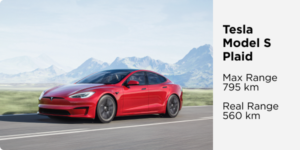
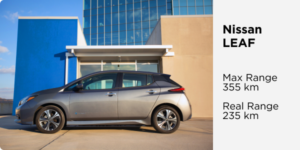
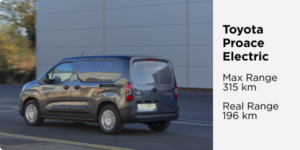
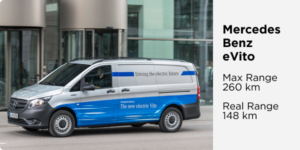
What about fleet ranges?
Going back to our PANION study, we surveyed companies in the transport, logistics, services, last-mile and delivery business. It’s easier to see why passenger car EV range anxiety exists — but transport?
EU averages for international transport, at around 600 km, are beyond current commercial & heavy electric vehicle ranges. But national levels, even for heavy transport, averaged just 140 km in 2020 – well within range for a one-way EV journey. Most transport is happening in urban or regional areas for deliveries, last-mile and so forth. Not only are ranges within cities short, but charging infrastructure is more optimal (and growing).
Isn’t EV range anxiety sounding more and more like myth? You decide.
Maybe you are considering the change to start an electric vehicle fleet?
We can help. Have a look at our PANION Transition tool and take your first step toward electrification & the future of e-mobility.
*Insights from 2021 Nissan study including ICE vs EV driving stats
**Ranges shown may vary and are based on OEM estimates and WLTP standards


